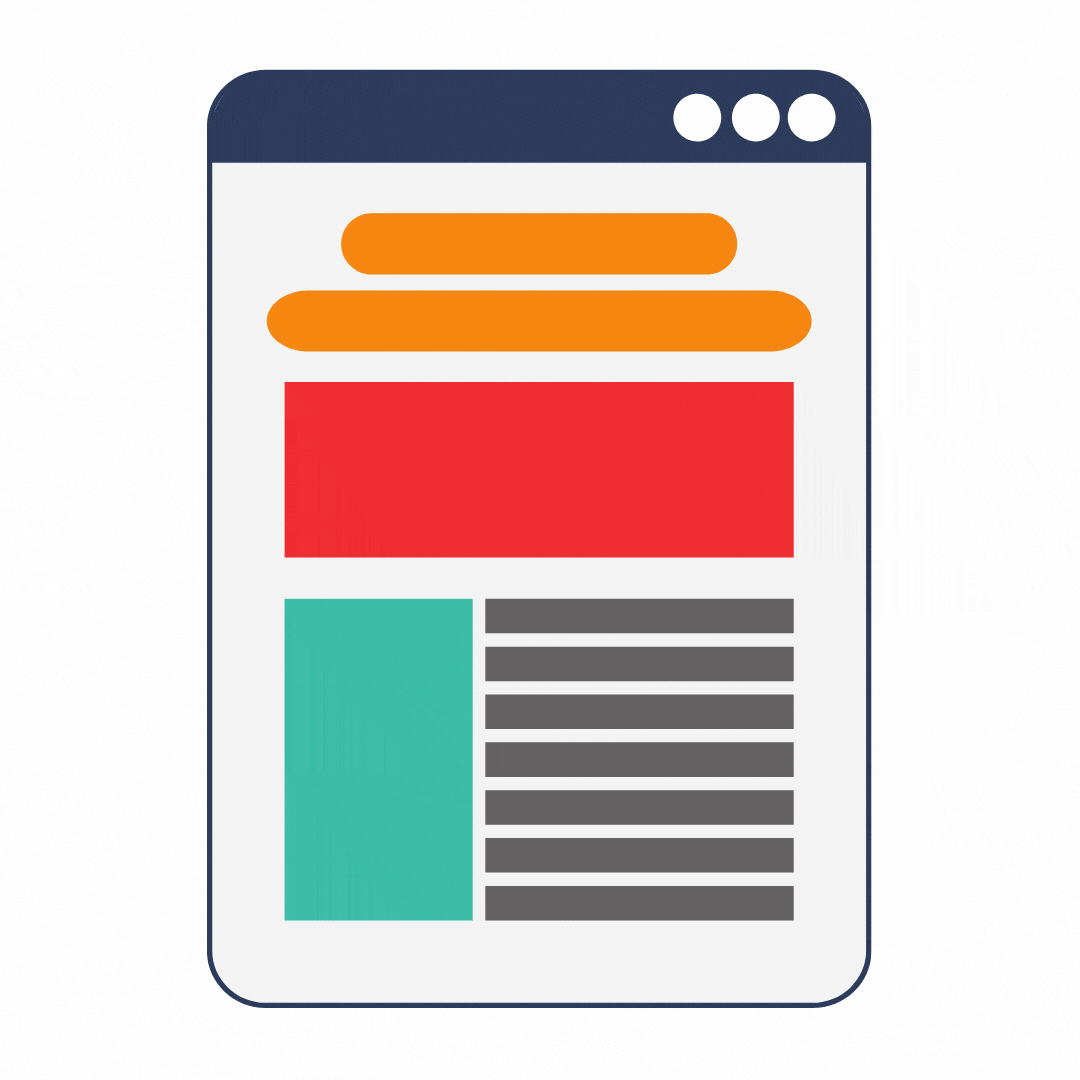Utilizing Canva Application to Teach Writing at SMAN 2 Kediri
DOI:
https://doi.org/10.29407/cctxbz70Keywords:
Vuca Era,, Teaching Writing,, Canva ApplicationAbstract
English teachers must update their teaching strategies because their students live in the VUCA (Volatility, Uncertainty, Complexity and Ambiguity) era. Learning should be adapted to students belonging to Generation Z because Generation Z is very close to technology. So, teachers can use teaching media that are appropriate and familiar to students, such as the Canva application. This research aims to determine whether the Canva application effectively teaches writing in Class XI-2 at SMAN 2 Kediri. This research used a pre-experimental quantitative research method, a one-shot case study with a sample of 36 students, which was carried out when the researcher carried out internship 2. Data collection was carried out through essay tests, and there are 5 aspects to give score; namely content, organization, grammar, vocabulary and creativity. The results shows that the average student score is 88.16. With the lowest average score on grammar 17.25 and the highest on creativity 18. Knowing the results of the average score, it can be concluded that Canva application is effective media for teaching writing.
References
Ardinata, R. P., Rahmat, H. K., Andres, F. S., & Waryono. (2022). Transformational Leadership as a Solution for the Development of the Smart City Concept in the Society Era: A Literature Review. Al-Ihtiram: Multidisciplinary Journal of Counseling and Social Research, 1(1), 33–44. https://doi.org/10.59027/alihtiram.v1i1.206
Bennett, N., & Lemoine, G. J. (2014). What a difference a word makes: Understanding threats to performance in a VUCA world. Business Horizons, 57(3), 311–317. https://doi.org/10.1016/J.BUSHOR.2014.01.001
Faqih, M., Hamsia, W., & Roifah, R. (2023). The Effectiveness of Canva in Project Based-Learning to Increase Student Writing Skill. TELL-US JOURNAL, 9(1), 203–224. https://doi.org/10.22202/tus.2023.v9i1.6676
Fathoni, A. (2006). Metodologi Penelitian dan Teknik Penyusunan Skripsi. Rineka Cipta. https://opac.perpusnas.go.id/DetailOpac.aspx?id=580516
Febriyanto, B. (2015). Make A Match dalam Pembelajaran Writing di Kelas V Sekolah Dasar. Jurnal Cakrawala Pendas, 1(2), 266420. https://doi.org/10.31949/JCP.V1I2.765
Hasanah, N. (2022). The Effectiveness of Project-Based Learning on Writing Skill (An Experimental Research at Junior High School). Journal of English Education and Technology, 03(02), 140–152. http://jeet.fkdp.or.id/index.php/jeet/issue/current
Hastini, L. Y., Fahmi, R., & Lukito, H. (2020). Apakah Pembelajaran Menggunakan Teknologi dapat Meningkatkan Literasi Manusia pada Generasi Z di Indonesia? Jurnal Manajemen Informatika (JAMIKA), 10(1), 12–28. https://doi.org/10.34010/JAMIKA.V10I1.2678
Ilham. (2022). Implementing Project-Based Learning for EFL Students’ Writing Achievement at Tertiary Level. English Review: Journal of English Education, 10(3), 1003–1012. https://doi.org/10.25134/erjee.v10i3.6470
Indarta, Y., Jalinus, N., Waskito, W., Samala, A. D., Riyanda, A. R., & Adi, N. H. (2022). Relevansi Kurikulum Merdeka Belajar dengan Model Pembelajaran Abad 21 dalam Perkembangan Era Society 5.0. EDUKATIF: Jurnal Ilmu Pendidikan, 4(2), 3011–3024. https://doi.org/10.31004/EDUKATIF.V4I2.2589
Kementerian Pendidikan, K. R. dan T. (2022). Salinan Capaian Pembelajaran Pendidikan Khusus Bhasa Inggris. https://kurikulum.kemdikbud.go.id/wp-content/unduhan/CP_2022.pdf
Mariana, L., & Nurhajati, D. (2017). Corrective Feedback to Improve Students Writing Ability. Journal of Development Research, 1(2), 59. https://doi.org/10.28926/jdr.v1i2.24
Marisa, M. (2021). Inovasi Kurikulum “Merdeka Belajar” di Era Society 5.0. Santhet: Jurnal Sejarah, Pendidikan, Dan Humaniora, 5(1), 66–78. https://doi.org/10.36526/js.v3i2
Niladatika, N., Nur, R., & Ammade, S. (2023). The Use of Project Based Learning (PBL) with Canva to Increase Students’ Activity. LETS: Journal of Linguistics and English Teaching Studies, 4(2), 136–144. https://doi.org/10.46870/LETS.V4I2.511
Pultoo, A., & Oojorah, A. (2020). Designing remote education in a VUCA world. International Journal of Computers and Technology, 20, 2277–3061. https://doi.org/10.24297/ijct.v20i.8713
Rahayu, K. N. S. (2021). Sinergi Pendidikan Menyongsong Masa Depan Indonesia Di Era Society 5.0. Edukasi: Jurnal Pendidikan Dasar, 2(1), 87–100. https://doi.org/10.55115/edukasi.v2i1.1395
Rezkyana, D., & Agustini, S. (2022). The Use of Canva in Teaching Writing. Proceedings Series on Physical & Formal Sciences, 3, 71–74. https://doi.org/10.30595/pspfs.v3i.267
Sugiyono. (2019). Metode Penelitian Kuantitatif Kualitatif dan R&D. Alfabeta. https://inlislite.uin-suska.ac.id/opac/detail-opac?id=27688
Susanti, A. F., & Safitri, D. (2021). Dismilaritas Kecanduan Pemakaian Media Sosial Generasi Y dan Generasi Z. Edukasi IPS, 5(2), 37–45. https://doi.org/10.21009/EIPS.005.02.05
Downloads
Published
Issue
Section
License
Copyright (c) 2024 Laili Nur Qodariyah, Diani Nurhajati, Suhartono

This work is licensed under a Creative Commons Attribution-ShareAlike 4.0 International License.




